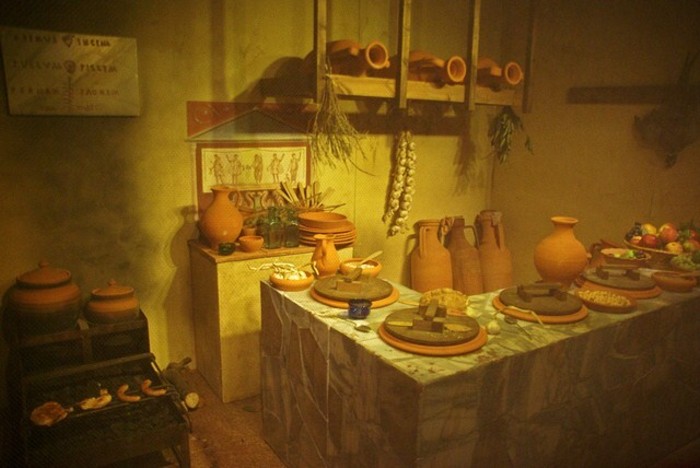
Thermopolium, the fast food of the ancient Romans
Trained at the University of Turin, where she obtained her three-year degree in Cultural Heritage Sciences and her master's degree in History of Archaeological and Historical-Artistic Heritage, she specialized at the University of Milan, graduating in Archaeological Heritage. Freelancer, she deals with computer archeology and virtual heritage, museum displays, 2D graphics and multimedia products applied to cultural heritage. Collaborates with various public and private bodies in the field of projects related to the research, enhancement, communication and promotion of cultural heritage. She deals with the creation of cultural itineraries relating to the entire Italian Peninsula and the development of content (creation of texts and photographic production) for paper and virtual publications. Her study interests include the development of new techniques and means of communication for the enhancement of cultural heritage and the evolution of the symbolism of power between the Late Antiquity and the early Middle Ages.


















5 Comments
Pingback:
Pingback:
Pingback:
Pingback:
Pingback: